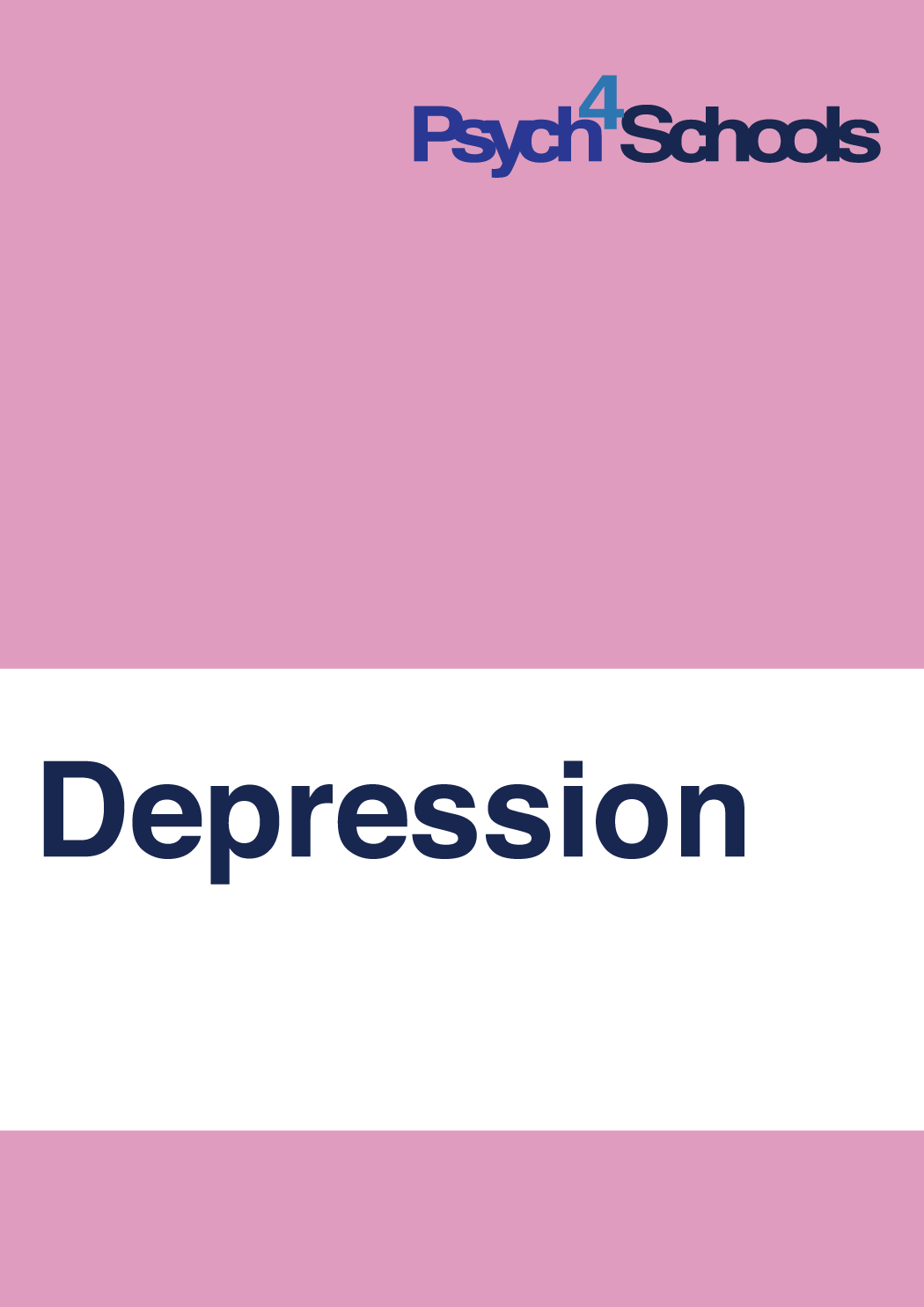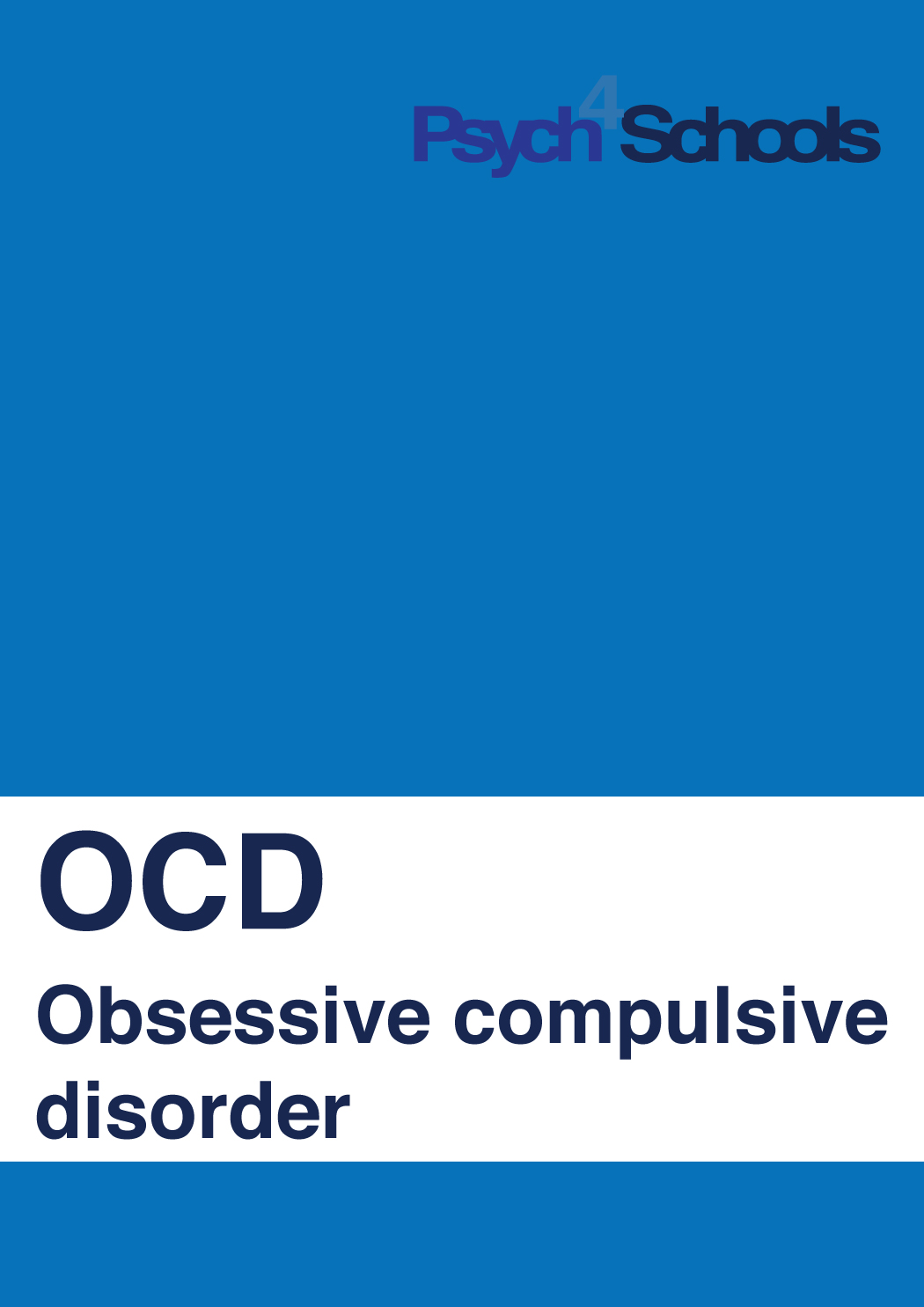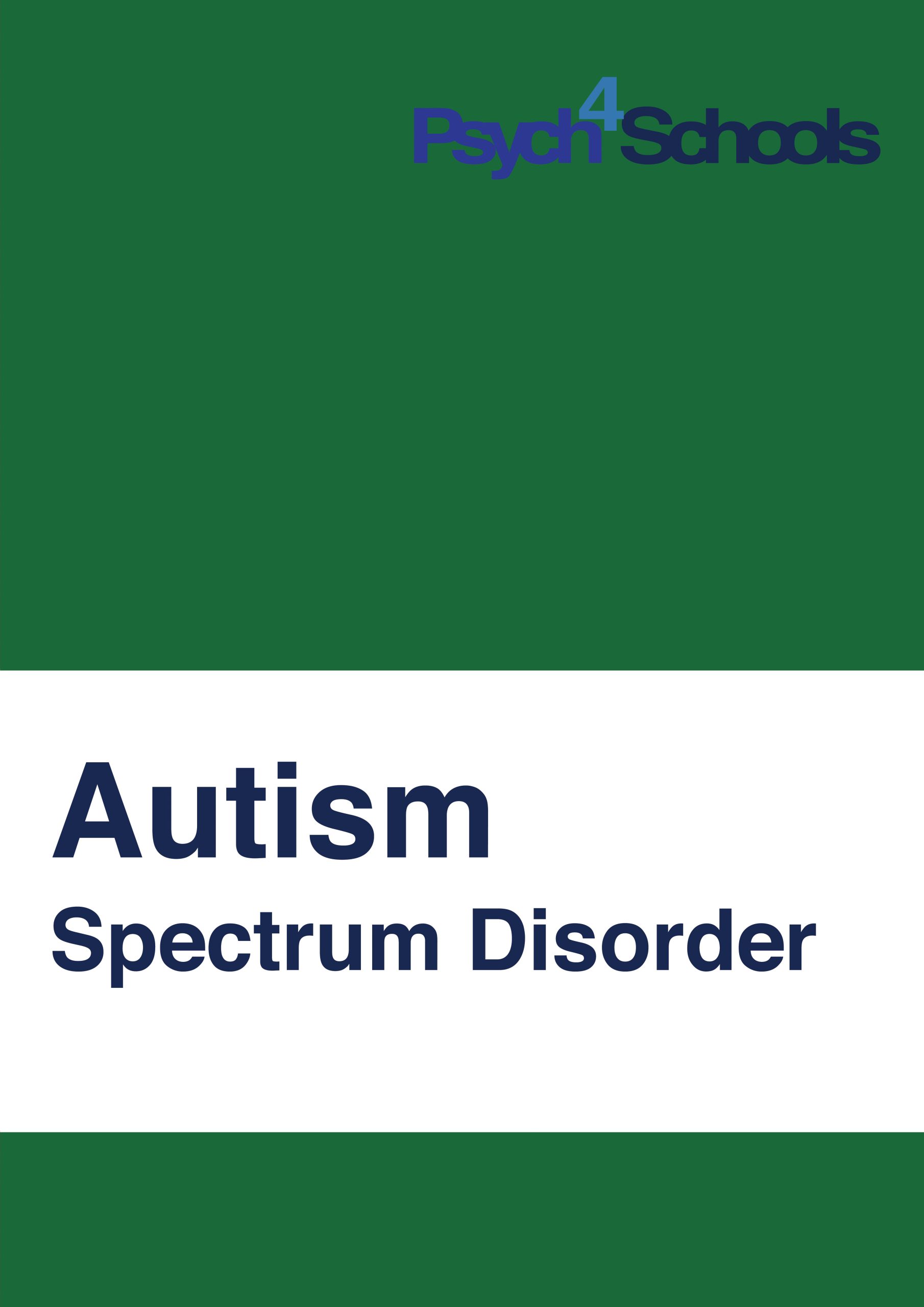Depression
The following is an excerpt from the ebooklet Working with children who are depressed (and helping prevent depression) by Murray Evely and Zoe Ganim.
Introduction
Depression is a mental illness that negatively affects thinking, perceptions, emotions and behaviours. The impact of depression on a child is more severe than any other mental health disorder.[1] AACAP (2007) ‘Practice Parameter for the Assessment and Treatment of Children and Adolescents with Depressive Disorders.’ Journal of American … Continue reading
While most children or adolescents with a major depressive disorder will have experienced longstanding psychosocial stressors,[2] Understanding suicide, suicide attempts and self-harm in primary school aged children: Evidence summary. Headspace National Youth Mental Health … Continue reading the lead-up to becoming depressed may go undetected by parents, teachers and others. Over several weeks, a child may gradually move from a seemingly happy state to being irritable, sulky, withdrawn and less communicative. They may be disengaged in class, low in energy or tired, and reduce their work effort. This may be accompanied by behavioural problems at home and school. Without effective assistance or intervention, they may quickly become severely depressed.
Approximately 3 per cent of Australian children and 5 per cent of adolescents suffer from a major depressive disorder in a 12-month period.[3] Swannell, S., & Martin, G. (2014). Self-injury and suicidality among Australian middle school students. Unpublished manuscript. Symptoms of depression are common, with 13 percent of Year 7 students and 20 per cent of Year 9 students reporting depressive symptoms.[4] Daraganova, G. (2016). ‘Chapter 6: Self-harm and suicidal behaviour of young people aged 14–15 years old’ of AIFS’ Longitudinal Study of … Continue reading
Girls are twice as likely to report depressive symptoms than boys.[5] [1] Bond L, Thomas L, Toumbourou J et al (2000) Improving the Lives of Young Victorians in our Community: a Survey of Risk and Protective Factors. … Continue reading Mood changes and irritability in boys as symptoms of depression may be wrongly interpreted by parents and teachers as emerging defiance or oppositional behaviour.
Impact on schooling
Depression impedes academic performance [6] McArdle J, Hamagami F, Chang JY, Hishinuma ES. Longitudinal dynamic analyses of depression and academic achievement in the Hawaiian High Schools … Continue reading and learning. Symptoms of depression can significantly impair an individual’s memory including recall of new information,[7] McArdle J, Hamagami F, Chang JY, Hishinuma ES. Longitudinal dynamic analyses of depression and academic achievement in the Hawaiian High Schools … Continue reading working memory, [8] Hubbard, N.A., Hutchison, J.L., Turner, M., Montroy, J. Bowles, R.P. & Rypma, B. (2016) Depressive thoughts limit working memory capacity in … Continue reading attention, visual learning and executive functioning.[9] Leea, S.C., Hermensb, D.F., Portera, M.A., & Redoblado-Hodgec, A (2012) A meta-analysis of cognitive deficits in first-episode Major Depressive … Continue reading Though some children experiencing depression will continue to function in a structured school environment, most will show changes in their interactions with friends, reduced academic performance, lack of motivation, and a loss of interest in school. On average children who suffer from depression miss 20 days of school a year.[10]Lawrence D, Johnson S, Hafekost J, Boterhoven De Haan K, Sawyer M, Ainley J, Zubrick SR (2015) The Mental Health of Children and Adolescents. Report … Continue reading
Outline of this ebooklet
This ebooklet is presented in sections to assist teachers and other practitioners working with children who are depressed and helping to prevent or reduce depressive symptoms in students.
- Information about depression and its impact on the child
- Strategies to help prevent depression
- If you suspect a child might be depressed
- Strategies to support a child diagnosed with depression
- Resources
How is depression different from sadness?
Sadness is a human emotion, whereas depression is an illness [11] Healthline. Is it Depression or Sadness? Learn the Signs. https://www.healthline.com/health/depression/depression-vs-sadness which impacts on social and emotional well-being and other facets of daily life.
Sadness
Everyone experiences the emotion of sadness from time to time. It occurs in response to a situation that causes upset or pain. We experience sadness when something bad, hurtful, disappointing, or difficult happens to us or someone close to us. Sadness can be a response to small upsets or bigger life events. For example, children may experience sadness when a loved one dies, they don’t get a role in the school play, or they are teased.
Sadness can affect children’s behaviours, for example, when sad, some may not want to play with their friends, complete homework, or may experience difficulty sleeping. However, these changes occur for a short period. As the situation changes, or the hurt or disappointment fades the child will recover and resume usual behaviours.
Depression
When people are depressed, they see themselves and their futures negatively. They feel worthless, helpless and hopeless. Unlike sadness, the feeling is persistent, occurring for most of the day or nearly every day for an extended period (at least two weeks in children). These feelings significantly interfere with daily living and result in sustained physical and/or psychological symptoms.
Children with depression are generally unable to identify its causes. Depression is typically not triggered by one event. However, for some children a single event can be the tipping point leading to depression, particularly if the child is already at risk, for example, being upset by moving to a new home unexpectedly, losing a parent’s attention with the birth of a sibling, or becoming further burdened by difficulties at school.
Causes of depression
There is no single underlying cause of depression. There can be many contributing environmental, genetic, psychological, social and socio-economic factors including:
- Life stressors – Longstanding difficulties are more likely to cause depression than a recent single event. Depression is more prevalent in stressful and dysfunctional environments and is often linked to lower socio-economic households, parents who are poorly educated, unemployed, or where domestic violence is common. Other factors may include trauma, terminal illness in the family, the child not being in their family of origin, [12]Lawrence D, et.al. (2015) Op. cit. or experiencing discrimination because of ethnic, cultural or sexual orientation.[13]Leonard, W., Lyons, A. & Bariola, E. (2015) A Closer Look at Private Lives 2: Addressing the mental health and well-being of LGBT Australians … Continue reading
- Persistent feelings of loneliness, insecurity, social isolation, or disturbance. A lack of connection or disruption to a relationship with a significant other can lead to a child feeling unloved, rejected, unwanted or severely disappointed.
- Genetics – Children whose parents, or siblings have suffered from depression are up to three times more likely to suffer depression than peers.[14]Beardslee, Versace, & Gladstone, (1998). ‘Children of affectively ill parents: a review of the past 10 years. Journal of the American Academy … Continue reading The effect of genetics appears to be stronger in adolescents than children.[15]Weinberg, L.B. (2012). The effects of depression and anxiety disorders in children on the Wechsler Intelligence Scale for Children – Fourth … Continue reading
- Gender – Girls are more likely to suffer from depression after the age of 13-14 years and into adulthood. Prior to this, boys are more likely to suffer from depression.[16]Hankin, B. L. (2002). ‘Gender differences in depression from childhood through adulthood: A review of course, causes, and treatment’ Primary … Continue reading
- Thinking styles and coping – Individuals with a more rigid thinking style (e.g. black and white thinking) and non-productive coping styles (e.g. avoiding rather than facing challenges) are more likely to suffer from depression than more flexible and resilient people.[17] Sherman, BJ., Vousoura, E., Wickramaratne, P., Warner, V., Verdeli, H. et al. (2016). ‘Temperament and major depression: How does difficult … Continue readingIn particular those who are self-critical, negative, more emotionally reactive or who have difficulties switching thinking or attention are at greater risk. [18] Yap, M. B. H., Allen, N. B., O’Shea, M., di Parsia, P., Simmons, J. G., & Sheeber, L. (2011). Early adolescents’ temperament, … Continue reading
- Serious physical illness. – Feeling unwell, experiencing pain, being unable to participate in routine activities, coping with increased stress, or significant change can all lead to depression.
- Chemical imbalance – The cause of chemical imbalance in the brain remains unclear. The symptoms listed below can affect the way your brain regulates your moods. We do know that mood-regulating neurotransmitters do not function normally in depressed individuals.
Signs and symptoms of depression in children
The primary signs of depression are sadness, feelings of hopelessness and mood changes. A number of the following symptoms will be evident nearly every day for most of the day, for an extended period (two or more weeks). They will represent a significant change from the child’s previous functioning.
| Symptoms | What you may observe at school | |
| Prolonged sad mood |
|
|
| Reduced or no interest in most activities including preferred activities |
|
|
| Being withdrawn |
|
|
| Displaying lowered self-esteem or self-worth |
|
|
| Feeling hopeless about the future |
|
|
| Fatigue |
|
|
| Poor concentration, memory or difficulty thinking |
|
|
| Difficulty sleeping
|
|
|
| Changed eating patterns |
|
|
| Uncharacteristic behaviour |
|
|
| Having thoughts of death or suicide* |
|
|
* Any mention of suicide must be taken very seriously. A risk assessment must be conducted as soon as possible by a suitably qualified clinician. An immediate referral (via their parents) to the school psychologist or the child’s psychologist or GP is recommended.
A bit extra on adolescents…
Depression can be difficult to detect in adolescents. They may try to keep depression hidden, and it may be masked as anger, or mistaken for the normal mood, attitude, and behavioural changes of adolescence. An adolescent who is depressed may not show obvious signs, but begin to act in uncharacteristic ways, for example, withdrawing from friends, failing subjects, or engaging in risky behaviours.
Depression is typically indicated when:
- A number of depressive symptoms are evident every day, for most of the day, for at least two weeks.
- There is a significant negative change in the child’s behaviour OR the behaviour is not what you would expect of a child their age.
- The change in behaviour is seen across a range of settings and situations including home, school, and with friends.
- The child’s mood and behaviour significantly interferes with day-to-day functioning at school, home, and in their social life.
Refer the child to a health professional (with parent permission) if these behaviours are evident.
Depression, disabilities or mental health issues
Individuals with depression often have other mental health issues. Anxiety is the most common, and is often a precursor to depression, closely followed by disruptive disorders such as ADHD, conduct disorder and substance use disorders in adolescents.[19] AACAP (2007) ‘Practice Parameter for the Assessment and Treatment of Children and Adolescents with Depressive Disorders.’ Journal of American … Continue reading Children with learning disabilities are more prone to depressive symptoms than peers due to the learning and communication difficulties they routinely face.
For more information on supporting students with other issues read the relevant Psych4Schools ebooklets, for example, Working with children who are anxious, Working with children diagnosed with Attention Deficit Hyperactivity Disorder (ADHD) (revised) and Working with children with learning disabilities.
Children who experience family violence
Some depressed children have a faulty understanding of their emotions and feelings. However, for children who experience family violence, the perceived threat is real. Family violence witnessed by children or experienced within their hearing is child abuse. If a student or parent discloses information that indicates the child is exposed to family violence, is at risk of, or is experiencing significant harm or abuse, child protection agencies will need to be involved. Follow through with mandatory reporting as required. See Reporting child abuse: A guide for teachers in the Members Resources.
Suicide and non-suicidal self-injury (NSSI)
Not all children with depression have suicidal thoughts or engage in non-suicidal self-injury (NSSI – also known as self-harm). However, they are more at risk. NSSI and suicidal thoughts have been witnessed in children as young as 6 years of age.[20] Understanding suicide, suicide attempts and self-harm in primary school aged children: Evidence summary. Headspace National Youth Mental Health … Continue reading
It is important to note that children who self-injure are not necessarily suicidal. They engage in self-injury as a coping mechanism, a way of physically releasing painful emotions. However, severe cases of self-injury may result in death. In Australia approximately 8 per cent of 10-12-year- olds [21] Swannell, S., & Martin, G. (2014). Self-injury and suicidality among Australian middle school students. Unpublished manuscript., and 10 per cent of 14-15-year-olds [22]Daraganova, G. (2016). ‘Chapter 6: Self-harm and suicidal behaviour of young people aged 14–15 years old’ of AIFS’ Longitudinal Study of … Continue reading reported NSSI. If it is disclosed that a student is engaging in NSSI or having thoughts of suicide they should be referred via their parents to a psychologist, GP or other mental health professional for a comprehensive risk assessment as soon as possible.
When to seek help
Contact parents if you are concerned that a child may have a problem with depression and recommend referral to the child’s GP or a psychologist for an assessment to assist the child to cope. In some cases, these professionals may diagnose a depression disorder, and create a treatment plan specific to the child.
Strategies to help prevent depression
The lead up to depression may go undetected. Knowing the primary signs such as sadness, feelings of hopelessness and mood changes are critical to early intervention. However, prevention is always better than cure. Teachers and other adults at school can play a key role in helping to prevent, reduce or moderate a child’s negative feelings. For some students, school interactions provide the only positive adult connections they have on a daily basis. Children will often turn to these adults when they are worried, anxious or feeling unwell.
Classroom routines and organisation
- Greet students by name as they enter the classroom to affirm their place in the class. This also provides an opportunity to briefly check-in with each student enabling you to visually or verbally assess their emotional state before you begin teaching.
- Establish an ‘emotion wall’ for primary-age students. As they enter the classroom at the beginning of the day, have each child pin their photograph next to the label for the emotion they’re feeling. This approach helps teachers to keep track of who might need extra help on a given day. See use of this tool by Broadmeadows Primary School.
For more tips and hints, including the next steps in helping the child, purchase or download (members only) the full copy of the Working with children who are depressed (and helping prevent depression) ebooklet below.
ISBN 978-1-921908-45-3
Copyright © Murray Evely and Zoe Ganim 2019
No part of this excerpt may be reproduced or reprinted without permission in writing from the publisher.
Click here to read copyright details, summary of the licence and terms and conditions to use and reproduce our digital materials granted to authorised users.
References
This article is an excerpt from the ebooklet Depression.
Download the complete ebooklet for full access to strategies and resources, including:
- Classroom routines and organisation
- De-escalate worry, tension and anxiety
- Encourage engagement and connectedness
- Build participation, elements of fun and ‘having-a-go’
- General strategies
- Some tips on speaking to the child
- Collaborate with others professionally
- Make reasonable classroom allowances
- Reduce the load on working memory
- Provide more positive than negative feedback
- Incorporate movement into classes
- Incorporate movement into classes
- Promote help-seeking behaviours at a school-wide level
- Create a plan to catch up academically
- Suicide and non-suicidal self-injury (NSSI)





